Ecumenical Journal, 2014/Solidarity
Invisible Slavery: Human Trafficking in Europe
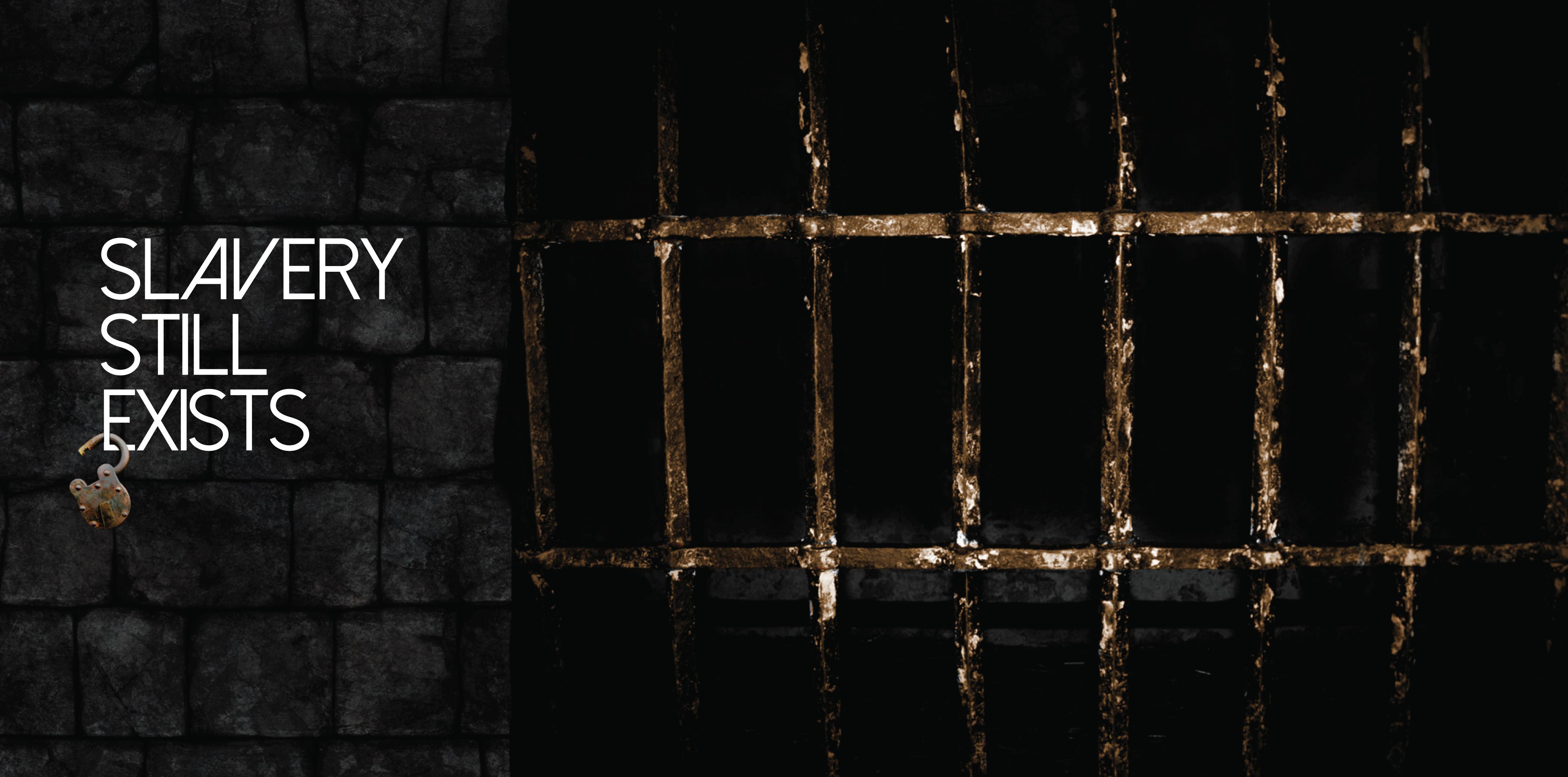
33
World Student Christian Federation Europe Region
Mozaik (established in 1992) is the ecumenical journal of the World Student Christian Federation (WSCF, 1895) Europe Region, published two to three times a year. It aims to reflect the wide variety of opinions and viewpoints present among the different Student Christian Movements (SCMs) in ecumenical dialogue. You can find us Online at wscf-europe.org.
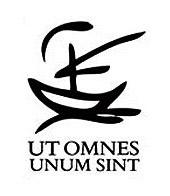
This project has been funded with support from the European Commission. This publication reflects the views only of the author, and the Commission cannot be held responsible for any use which may be made of the information contained therein.
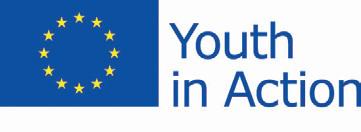
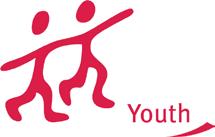

Editor-in-Chief:
Pawel Pustelnik (Cardiff, United Kingdom)
Editor:
Miro Pastorek (Púchov, Slovakia)
Art Editor:
Mária Bradovková (Vranov nad Topľou, Slovakia)
Address:
WSCF Europe
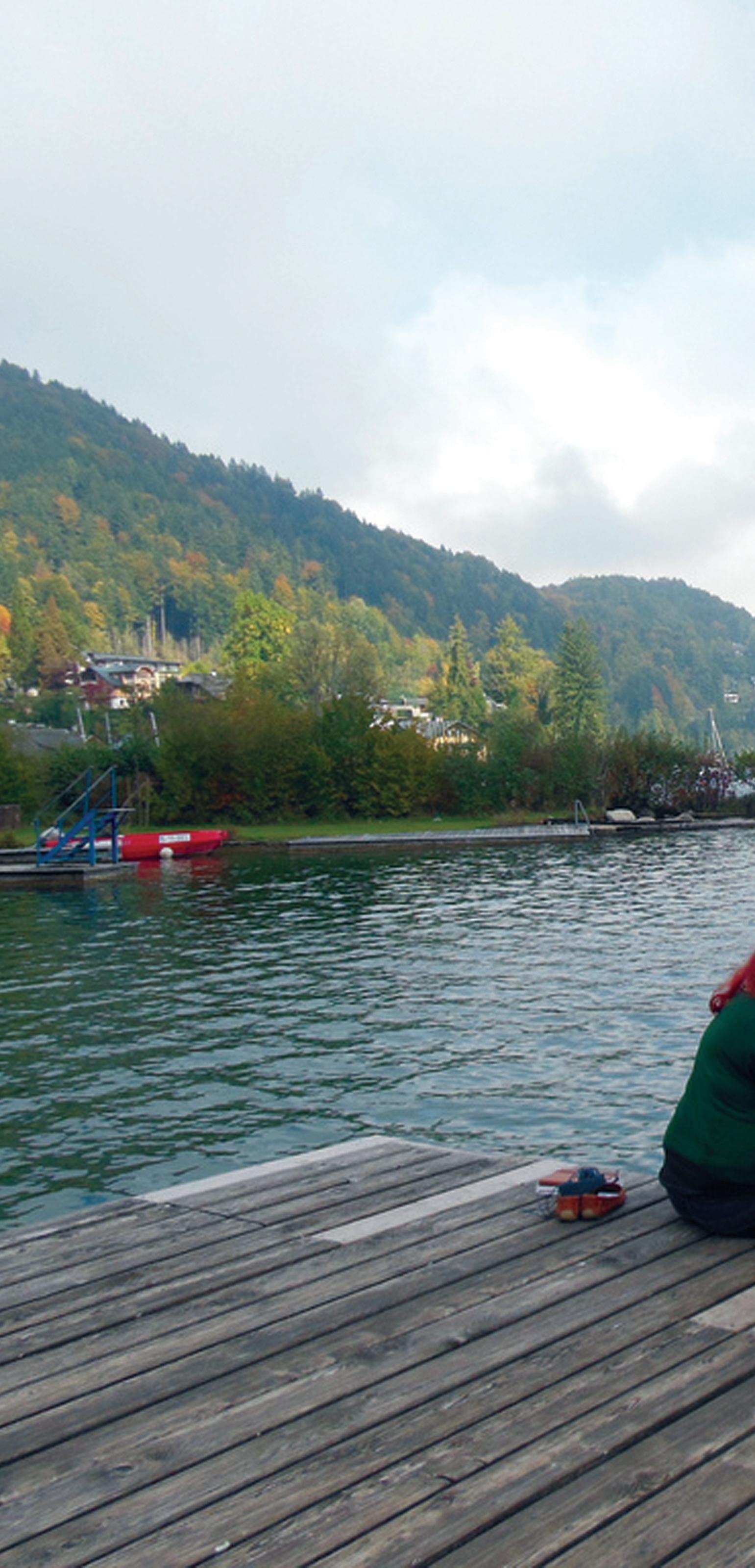
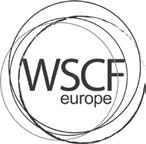
Storkower Straße 158 #710 D-10407
Berlin, Germany
ISSN 1019–7389

Open your mouth for the mute, for the rights of all who are destitute. Open your mouth, judge righteously, defend the rights of the poor and needy.
― Proverbs 31:8-9
Slavery and freedom cannot exist together.
― Ernestine Rose
There is neither Jew nor Greek, there is neither slave nor free, there is no male and female, for you are all one in Christ Jesus.
― Galatians 3:28
By the Wolfgangsee.
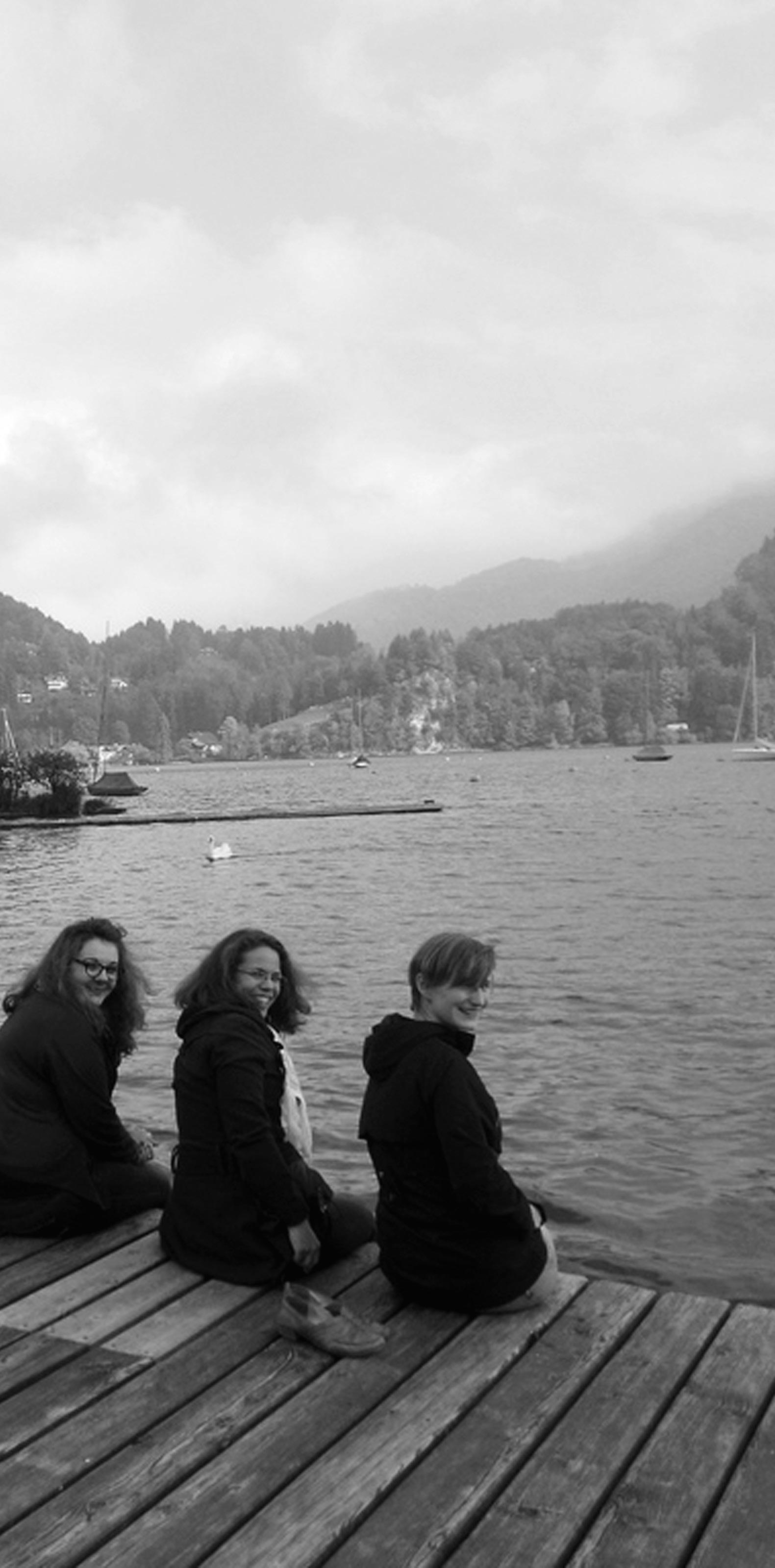
1
Mozaik 33 I Human Trafficking
1
In the last years, we have been approaching very diverse topics in Mozaik. The issue of human trafficking is probably one of the bitterest. With this Spring edition we are following up the conference Invisible Slavery: Human Trafficking in Europe that took part in Sankt Gilgen, Austria in October 2013. During six days in the Austrian countryside the participants tried to understand what human trafficking, prostitution and invisible slavery is. The deeper we were engaging in the discussions, the more the surreal nightmare of human trafficking was becoming unexplainable. We hope to invite you to a personal reflection about the themes we are looking at. What is your responsibility with regards to the victims of human trafficking? Do you think that prostitution is a regular job as any other?
Sankt Gilgen brought also plenty of new people to the European Regional Committee (ERC). The conference was followed by the European Regional Assembly. Its participants managed to envisage a path that WSCF-E should follow for the next two years. In this issue you can read a piece by Zuzka Babicova, the new Chairperson. Zuzka explains her vision and creates space for both seasoned SCMers and those who became interested in our work only recently. Very warm welcome to the new ERC members!
With this Mozaik my service as the Editor-in-Chief comes to an end. I would like to take this opportunity to thank all the people who I encountered in my WSCF journey that was one of the most enriching, eye-opening and enjoyable in my life. My special thanks go to the people I worked very closely with: the Office Interns Jill Piebiak and Miro Pastorek and four Regional Secretaries: Jooa Vuorinen, David Masters, Katka Babicova and Hans Hommens. Infinite thanks to the European Regional Committees I was privileged to work with and to the WSCF Global Office. I wish all the Federation many great initiatives in the coming years!

2
EDITORIAL |33
The next journey of WSCF-E through my eyes
Sex: Gift or Sin?
Book Review: the Bible, love and homosexuality
- Pawel Pustelnik
3 | Resources Workshop: Freedom of thought, conscience and religion
– Mirjam Meindl, Clemens Brilla
Creative worship
What was being a PrepCom member like?
– James Jackson
Challenge yourself and run a conference!
– Agnieszka Amelia Lisiecka
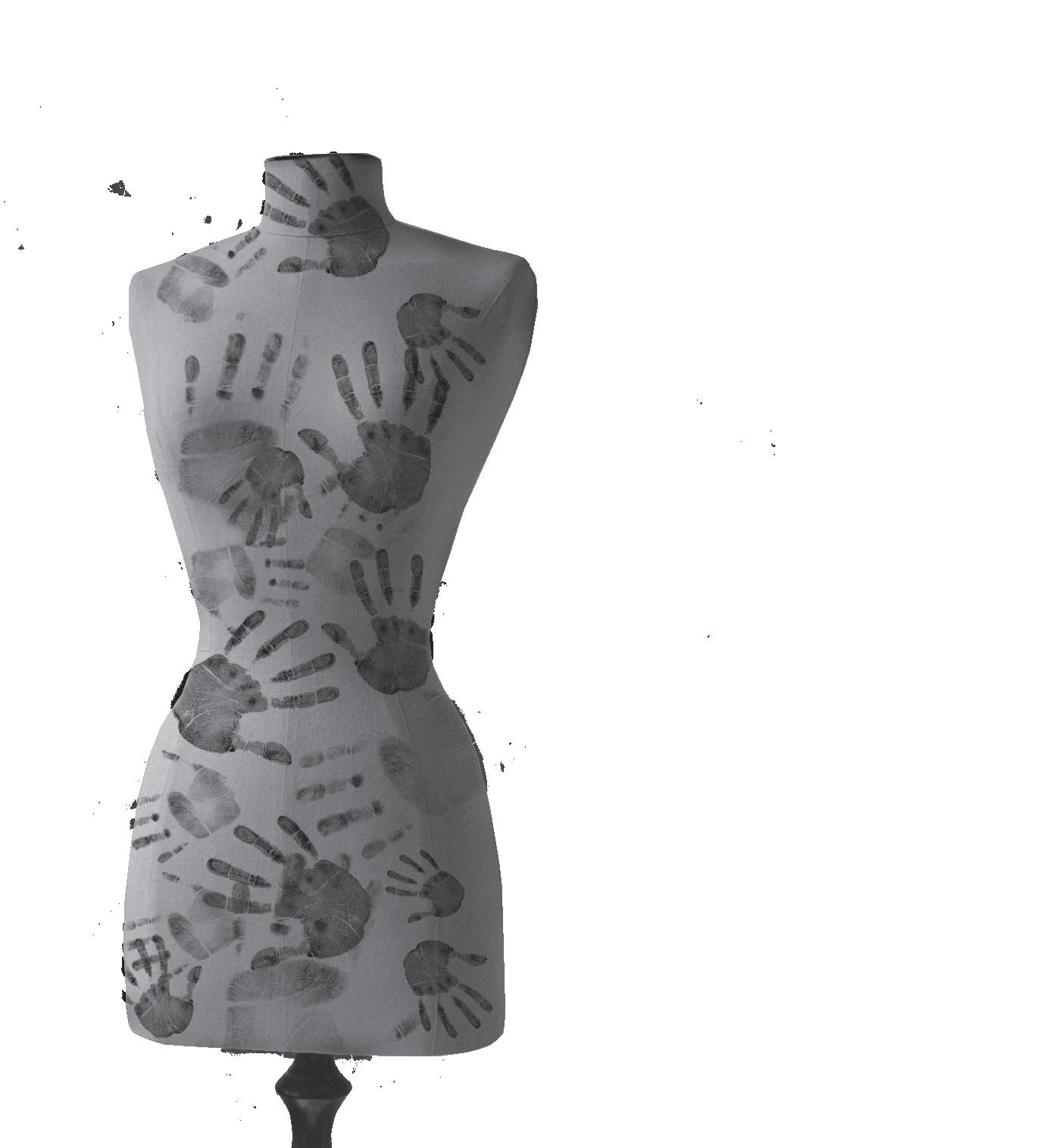
My start in the ERC with travelling to South Korea, Seoul
– Annika Foltin
- Zuzka Babicova
- JoAnne Lam
6 12 22 26 32 36
2 | Federation
42 46
1 |
Table
Know
of content
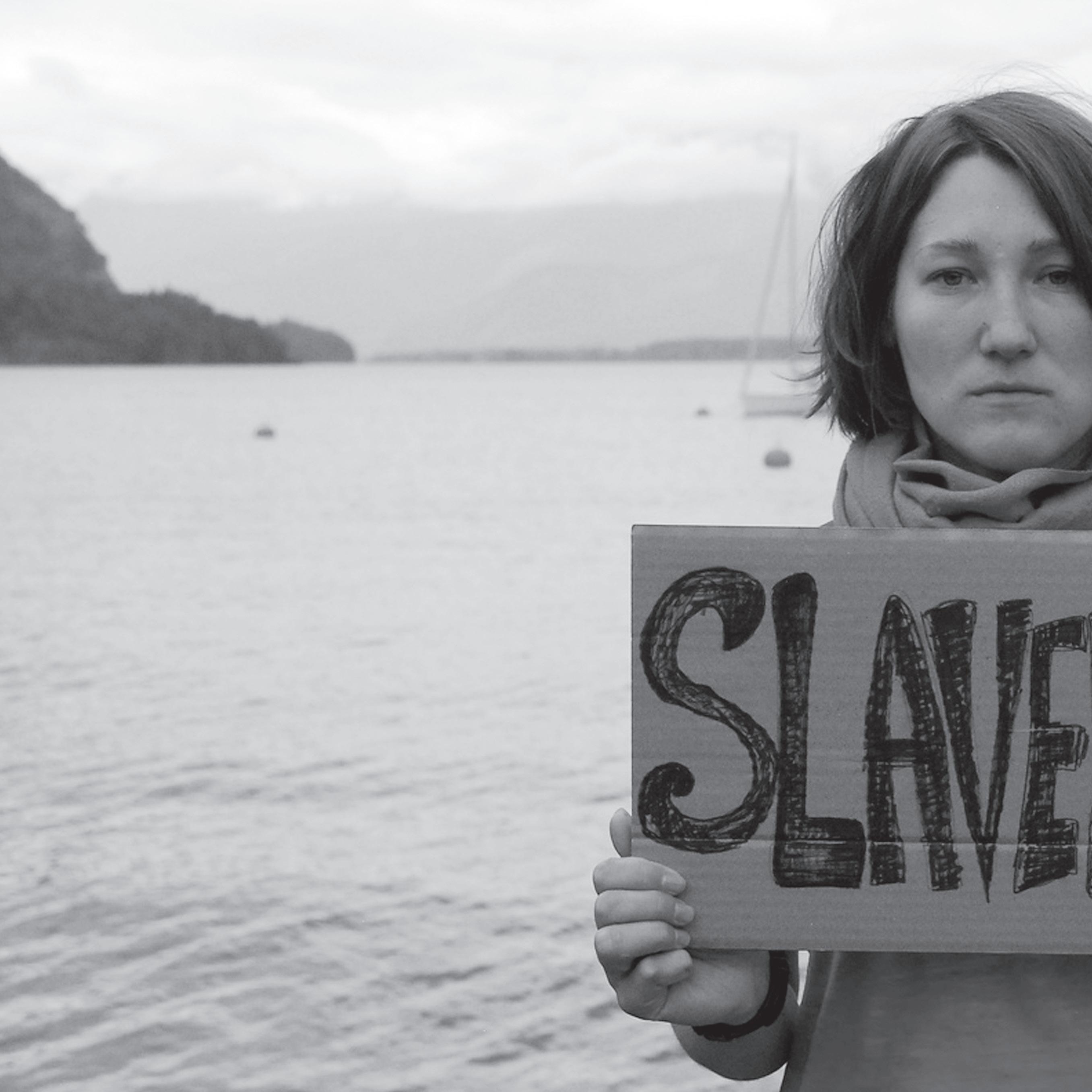
3
Resources Deliver the poor and needy: rid them out of the hand of the wicked. ― Psalm 82:4 Nobody's free until everybody's free. ― Fannie Lou Hamer 42 Workshop: Freedom of thought, conscience and religion – Mirjam Meindl, Clemens Brilla 46 Creative worship
|

What rights? What freedoms?
Mirjam Meindl, Clemens Brilla
This workshop was led at the WSCF-E conference this Mozaik is following up. It was run by MirjamMeindl, Clemens Brilla,Mirjam has provided us with a written version of the workshop that you can try out with your SCM or any other group.
Participants: 3 to 10
Materials: flipchart, copy of the case for each participant
Duration: depends on how many cases are discussed and on how long you give the participants time to discuss
Short description:
The participants take the role of judges at the European Court of Human Rights (ECHR) and are confronted with a case and some questions related to it. These are questions of principle whichhave been discussed and answered by the ECHR. Just like in a real court the participants have to debate these questions, formulate an answer forthem, vote on it and, in case of dissent, form a dissenting opinion.
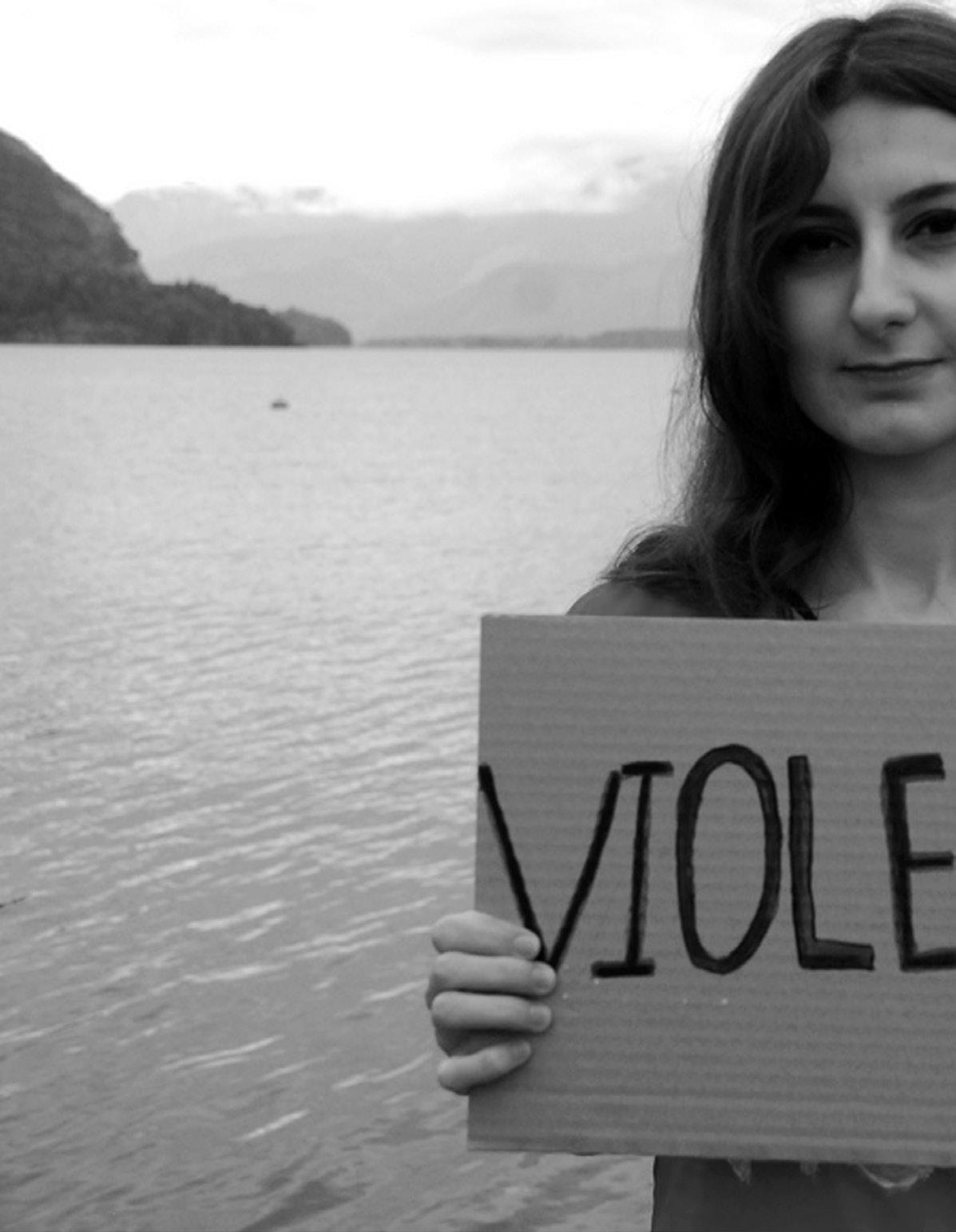
42
PART 1:
Short Introduction on the tools needed for this workshop:
The participants are introduced to Article 9 ECHR:
Article 9 –Freedom of thought, conscience and religion
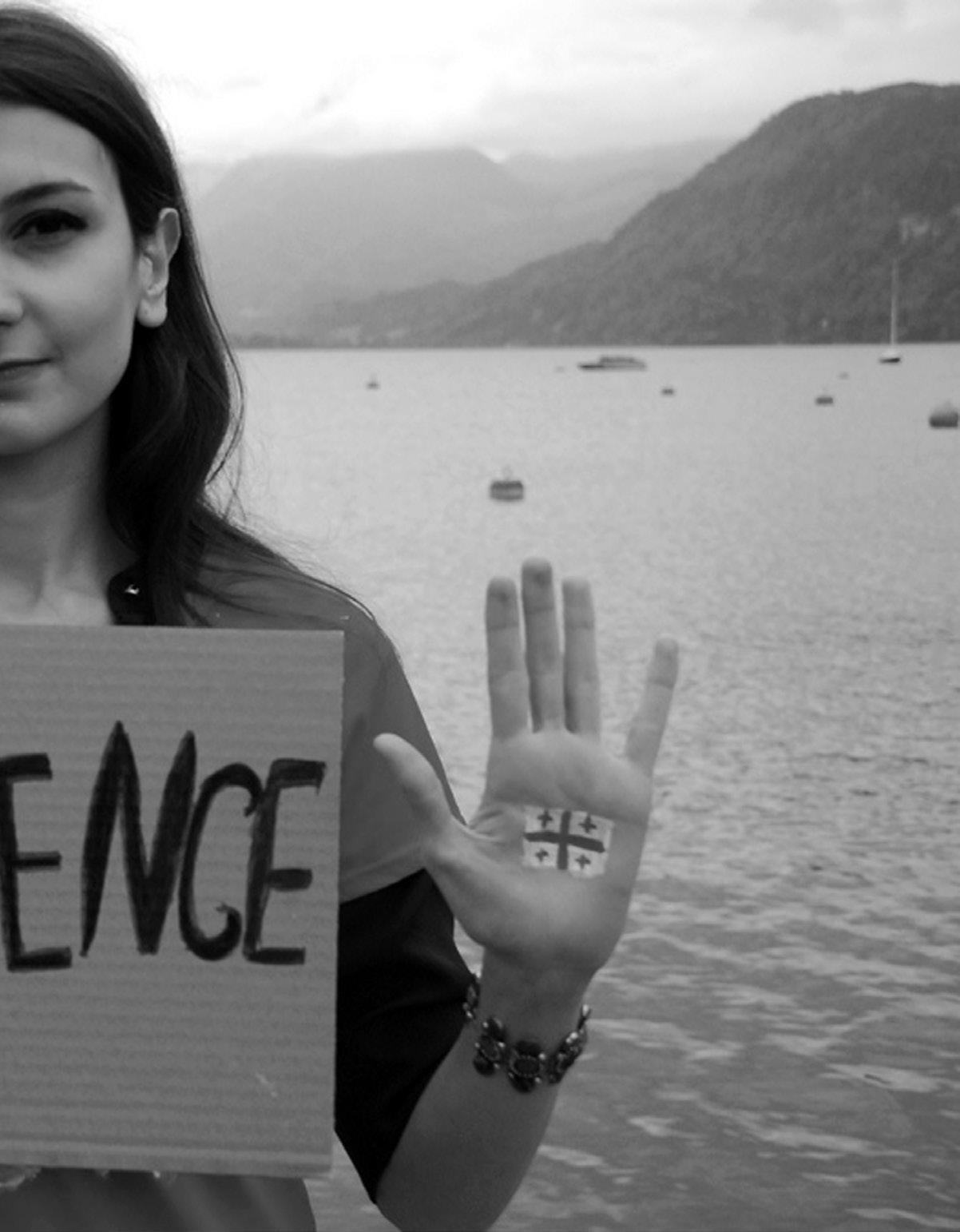
1. Everyone has the right to freedom of thought, conscience and religion; this right includes freedom to change his religion or belief and freedom, either alone or in community with others and in public or private, to manifest his religion or belief, in worship, teaching, practice and observance.
2. Freedom to manifest one's religion or beliefs shall be subject only to such limitations as are prescribed by law AND are necessary in a democratic society in the interests of public safety, for the protection of public order, health or morals, or for the protection of the rights and freedoms of others.
Furthermore the participants are given the testing scheme the ECHR uses when discussing their cases – you might want to write it on the flipchart so everyone has it in front of them:
1. Has there been an infringement of the right of freedom of religion and non-religious beliefs?
2. Is the infringement legal? (Look at Art 9 paragraph 2 –it explains under which circumstances the infringement can be justified)
3. Is the state’s court within its margin of appreciation? (Is the interdiction disproportional to the goal the state wants to achieve? Eg.: is it disproportional to forbid someone to wear a burka/ a cross if the states goal is to protect public order)
43 Mozaik 33 I Human Trafficking
WSCF-E
OFFICE
PART 2
The case-studies
CASE OF LEYLA ŞAHİN vs. TURKEY
Leyla is a medical student at the University of Bursa. She comes from a traditional family of practicing Muslims and she considers it her religious duty to wear the Islamic headscarf.
She wore the Islamic headscarf during the four years she spent studying there, until a circular was issued. It is said that students wearing the Islamic headscarf are not to be admitted to courses, lectures or tutorials. Twice, when she wanted to attend class or to write an exam she was sent away.
Leyla went to the European Court of Human Rights and claimed that these measures were against Art 9 of the Convention for the protection of Human Rights and Fundamental Freedom.
1.) Shall students be allowed to wear religious symbols in universities in secular countries?
2.) Are students wearing a headscarf a threat to secular state order?
3.) Are students wearing headscarfs a threat to the religious freedom of female students who do not want to wear a headscarf?
4.) Is the headscarf a symbol of the oppression of woman?
CASE OF LAUTIS vs. ITALY
Mrs. SoileLautsi was a citizen of Finland as well as of Italy. Her sons went to school in AbanoTerme. In this school a crucifix was fixed to the wall in each classroom. Mrs. Lautsi was a member of the Union of Atheists and Agnostics and she felt, that by the presence of the crucifix in classroom her sons would be educated in a school environment marked by a particular religion. She felt, that the school should be a neutral space concerning religion to prevent a certain religion being imposed on staff and students. She asked the crucifixes to be removed, but the school refused. In front of the ECHR she claimed a violation of Art 9.
1.) Is there a difference between a cross and a crucifix?
2.) Is a cross necessarily a religious symbol?
3.) Is a state obliged to neutrality towards confessions?
4.) Does a crucifix on the wall influence pupils?
After the discussions participants give their own sentence you can shortly explain the sentence of the ECHR and the dissenting opinion.The goal is not for the participants to guess the sentence of the court but to discuss the topic – as the ECHR’s sentences are considered quite inconsistent by many lawyers (at least by the Austrians that I met) there is no right or wrong answer.
For further reading: www.echr.coe.int
You can find the mentioned cases and many more on this page. Especially look at the section Press – Factsheets –Religion and clothing. �
What rights? What freedoms? Mirjam Meindl, Clemens Brilla
44
Mirjam Meindl is a Law student at the University of Vienna. She focuses on IT-Law and Religious Law. In July 2013 she was the youth delegate of Evangelical Church of the Augsburg Confession in Austria, at the Conference of European Churches in Budapest.


Clemens David Brilla studied Master of Arts in Religion, Society and Culture at Leibniz University in Hannover (Germany). During his BA he spent also a semester in Istanbul. In his Master Thesis he focused on the headscarf controversy in Turkey and the socio-political background of this phenomenon. Besides this he is participating in the German SCM (ESG) on the local and national level since 2007.

45 Mozaik 33 I Human Trafficking
Creative worship
Dear God, who created the heavens and the earth.
You created humanity in your own likeness. Let us not forgot that each person reflects the divine image, and we thank you that you teach us to recognize this. We thank you for our own safety, and for those who have so far been saved from the evil of human trafficking. We thank you for the strength you have given to people who are fighting against this corruption of your image.
As you led your children out of Egypt, we ask you to lead victims of all kinds of slavery and exploitation to freedom, both spiritual and material.
We ask that you give peace to the souls of the victims, that they can escape the circle of violence and we ask for justice in your infinite wisdom. We ask for the exploiters to recognize their sins, and to change their ways through your grace.
We pray for the awareness of society at large and ourselves, and that we can recognize the roots of injustice in our own actions and inactions, as Moses did when he saw when his Israelite brother was being beaten by an Egyptian slavemaster.
We have been taught in the Epistle to the Galatians that there is no more slave nor free, and yet through our own ignorance and cold-heartedness we have failed to recognize the exploited as our brothers and sisters, as Jesus showed us. For this we pray for forgiveness.
Together we pray, that you send the mercy of your spirit onto the whole of humanity, we who are your children.
Amen.
46

47
Mozaik 33 I Human Trafficking
We pray for the awareness of society at large and ourselves, and that we can recognize the roots of injustice in our own actions and inactions, as Moses did when he saw when his Israelite brother was being beaten by an Egyptian slavemaster.


48
Our illustrator
 Gabor Nemet (Serbia)
Gabor Nemet (Serbia)
I belive that one of the biggest problems of the modern society is human trafficking. Since I am from Serbia, which is located in the Balkan region this topic is very hard and quite known to me. The Balkans were always politically unstable and they was a nest of smugglers. For traffickers the countries from this region are both countries of destination and transit. Unfortunately favorable factors have determined the formation of trafficking networks through countries such as Moldova, Bulgaria, Macedonia, Albania, Bosnia and Herzegovina, Kosovo region, the countries of former Yugoslavia, Montenegro, Turkey and Greece. My artistic vision is reflecting on this topic through the fears and feelings of the youth in my environment. In my surroundings there were a couple of girls who were victims of human and sex trafficking, so that is why this topic was somehow personal to me. Through these pictures I tried to explain my feelings with regards to human trafficking and human slavery. Also human trafficking is still active in my region, especially because of the Serbia - Hungary border, which allows smugglers to pass only one boarder and to be on the EU soil, which means that here is no further border crossing. In the small vilages around the border you can still see people who are desperately reaching for the “better and promised life” abroad.


2014/Solidarity





















